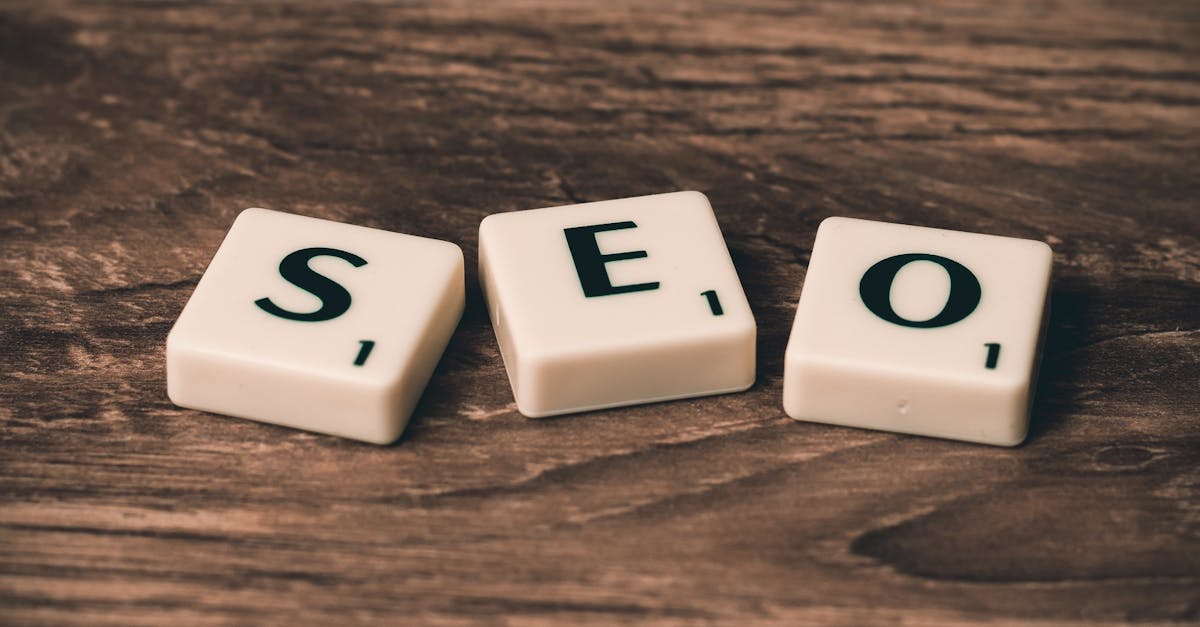Top Shopify SEO Tips to Rank Higher in Google in 2025
In the fiercely competitive world of e-commerce, having a stunning Shopify store is just the beginning. To truly succeed and boost your sales, your store needs to rank higher in Google search results. SEO (Search Engine Optimization) remains an essential strategy for achieving that visibility. As we progress through 2025, staying updated with the latest Shopify SEO best practices is critical to outranking competitors and driving targeted traffic.
Understanding the Importance of SEO for Shopify Stores
SEO is the backbone of any successful online store. When optimized correctly, your Shopify store becomes more discoverable by potential customers searching for products you sell. Here are key reasons why SEO is vital for your Shopify business:
- Increased Visibility: Higher rankings lead to more organic traffic.
- Brand Authority: Top search rankings build trust with customers.
- Cost-Effective Marketing: Organic traffic reduces reliance on paid ads.
- Higher Conversion Rates: Targeted visitors are more likely to purchase.
Current Shopify SEO Landscape in 2025
Google’s algorithms continuously evolve, with a greater focus on user experience, mobile-first indexing, and relevant content. Shopify, as a leading e-commerce platform, has also improved its SEO capabilities. However, competition remains fierce, making it vital for store owners to implement advanced SEO techniques tailored specifically to Shopify.
Top Shopify SEO Tips for 2025
Below are strategic, practical, and up-to-date tips to help your Shopify store rank higher in Google this year:
1. Conduct Comprehensive Keyword Research
Keyword research lays the foundation of effective SEO. In 2025, focus on long-tail keywords and search intent to capture targeted traffic. Use tools like Keyword Tool, Ahrefs, or SEMrush to identify high-volume, low-competition keywords relevant to your niche.
Additionally, analyze your competitors’ keywords to find gaps in their strategy that you can exploit.
2. Optimize Your Shopify Store’s Structure
An organized site structure enhances both user experience and SEO. Ensure your store has:
- Clear Hierarchy: Use logical categories and subcategories.
- SEO-Friendly URLs: Keep URLs short, descriptive, and keyword-rich. Example: yourstore.com/womens-running-shoes
- Internal Linking: Link related products and categories to distribute link equity and guide visitors.
Use Shopify’s navigation menu settings and URL redirects to maintain a clean structure.
3. Optimize Your Product Pages
Product pages are the heart of your Shopify store. Proper optimization here significantly impacts your rankings.
- Title Tags: Include primary keywords naturally and focus on user intent.
- Meta Descriptions: Write compelling descriptions that include target keywords and calls to action.
- High-Quality Images: Use optimized images with descriptive alt text to improve visibility in Google Images.
- Unique, Engaging Content: Write detailed, benefit-driven product descriptions that address customer needs.
4. Master On-Page SEO Fundamentals
Ensure that every page on your Shopify site adheres to on-page SEO best practices:
- Headings (H1, H2, H3…): Use descriptive headings with relevant keywords.
- Keyword Placement: Incorporate keywords naturally into titles, headings, and content.
- URL Optimization: Use hyphens to separate words and avoid unnecessary parameters.
- Schema Markup: Implement structured data to enhance search results with rich snippets, product reviews, and more.
5. Focus on Mobile Optimization
With over 70% of traffic coming from mobile devices in 2025, Google prioritizes mobile-first indexing. Use Shopify’s responsive themes and test your site’s mobile performance regularly. Improve load times, streamline navigation, and optimize images for mobile to enhance user experience and rankings.
6. Improve Page Loading Speed
Site speed is a ranking factor. Use tools like Google PageSpeed Insights to audit your store. Optimize images, leverage browser caching, and minimize code to ensure fast loading times.
7. Create Valuable Content & Blog Strategy
Content marketing supports SEO by attracting backlinks and providing value to your audience. Regularly publish blog posts about industry trends, how-to guides, and product tutorials that target relevant keywords. Incorporate internal links to product pages to boost SEO relevance.
8. Build Backlinks Ethically
Backlinks from reputable sites signal authority to Google. Develop a strategy for guest posting, partnerships, and influencer collaborations. Avoid black-hat tactics that can lead to penalties. Use tools like Ahrefs to analyze your backlink profile and identify opportunities for improvement.
9. Harness Shopify’s Built-In SEO Features
Shopify provides several SEO tools and settings:
- Meta titles and descriptions customization
- URL handle editing
- Automatic sitemap.xml
- Robots.txt file configuration
- SSL certification for secure browsing
Make sure to optimize these settings regularly, and consider apps like Plug in SEO for additional checks.
10. Monitor, Analyze, and Adjust
Use analytics tools like Google Analytics and Google Search Console to track your SEO performance. Regularly review metrics like organic traffic, bounce rate, and conversions. Adjust your strategies based on data insights for continuous improvement.
Advanced Shopify SEO Strategies in 2025
For seasoned store owners, consider implementing these advanced tactics:
- PWA (Progressive Web App) Integration: Turn your Shopify store into an app-like experience, improving speed and user engagement.
- Voice Search Optimization: Optimize for voice queries, which are increasing rapidly, by using natural language and long-tail keywords.
- Localized SEO: Implement local SEO tactics if you serve specific regions, including Google My Business optimization.
- AI & Machine Learning Tools: Use AI-driven SEO tools to analyze trends and automate content creation or optimization.
Conclusion
Ranking higher in Google on Shopify in 2025 requires a strategic blend of foundational SEO practices and innovative techniques tailored to ongoing algorithm updates. Continuous monitoring, content quality, technical optimization, and user experience are key pillars that can propel your store to the top of search results.
Remember, SEO is a long-term game, but with consistent effort, your Shopify store can see increased visibility, more traffic, and ultimately higher sales. Stay updated with industry trends, leverage the right tools, and never underestimate the power of well-optimized content.
For more detailed guides and the latest updates, check out resources from Moz, Search Engine Land, and Shopify’s own blog.
“SEO isn’t just about rankings — it’s about creating a seamless experience for your customers and connecting with their needs.”

